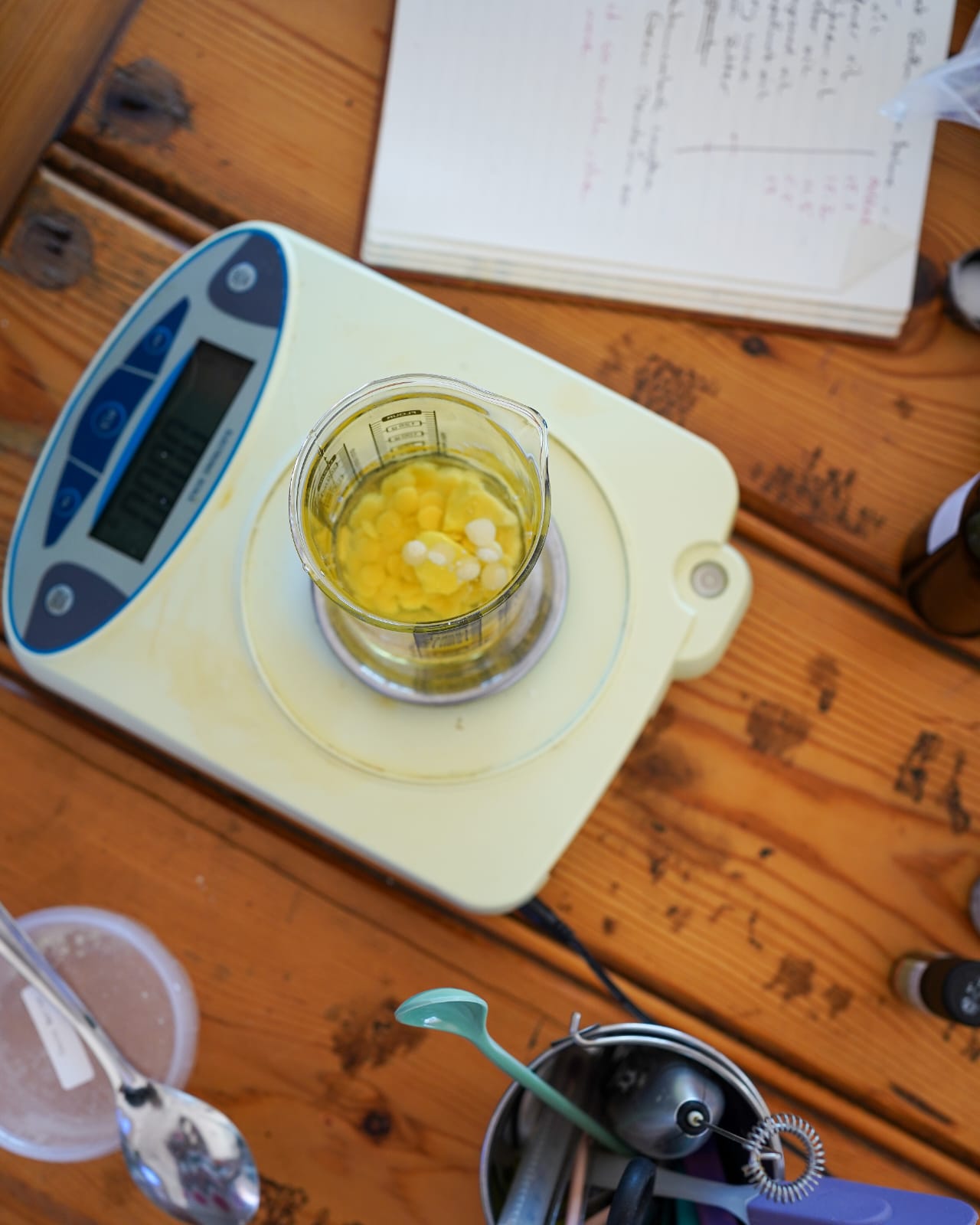
Making your own skincare products is empowering, creative, and a great way to take control of what you put on your skin. But like cooking or chemistry, skincare formulation has rules—and when they’re broken, the results can be disappointing… or even unsafe.
Whether you’re a beginner or dabbling with natural ingredients, here are the 5 biggest mistakes DIY skincare enthusiasts make—and how to avoid them.
If your recipe contains water, hydrosols, aloe vera gel, or fresh ingredients (like cucumber or honey), it must be preserved. Bacteria and mold thrive in moist environments and can grow in your cream or serum in just a few days.
Fix:
Use a broad-spectrum preservative approved for cosmetic use . Always check the recommended percentage, solubility and pH range. It is very common to see oil soluble preservatives in aqueous products. To learn about the correct use of preservatives and foundational skills to formulate skincare like a pro check out my Skincare Formulation Online course with forever access, tutorial support , and regularly updated
Essential oils are powerful concentrates—not just fragrant drops. Overuse can irritate the skin, trigger allergic reactions, or cause photosensitivity (especially citrus oils like bergamot or lemon).
Fix:
Respect dermal limits. Most essential oils should not exceed 0.5–2% of your total formula. Research each oil’s safe usage rate before blending. Essential oils are beautiful botanical extracts however be aware their allergens naturally occurring.
Your skin has a natural pH of around 5.5. If your homemade product is too acidic or too alkaline, it can cause irritation or disrupt your skin barrier—especially in products like creams, toners, or cleansers.
Fix:
Use pH strips or a digital pH meter to test and adjust the pH of your final formulation, especially for emulsions and gels.
Mixing oil and water without an emulsifier will result in separation. This isn’t just a cosmetic issue—an unstable product has inconsistent performance and may be prone to microbial contamination. The actives ingredients won’t be delivered into your skin properly .
Fix:
Use proper emulsifiers (like Olivem 1000, Montanov 68, and many others) when combining oil and water. Follow accurate heating and mixing instructions for stable emulsions. Only a little wrong step in the method and you will ruin the product.
Many DIYers rely on tablespoons or vague recipes found online, leading to unreliable results and poor skin compatibility. Cosmetics require precision—not guesswork.
Fix:
Work in percentages and grams using a scale. This ensures accurate reproduction, safe concentrations, and scalability if you ever want to sell your products.
DIY skincare is fun and fulfilling—but it’s also science. By avoiding these common mistakes, you’ll make safer, more effective products that truly nourish your skin. If you’re serious about formulating, consider taking a beginner’s course to learn the foundational skills.
Cheers,
La Mayca x